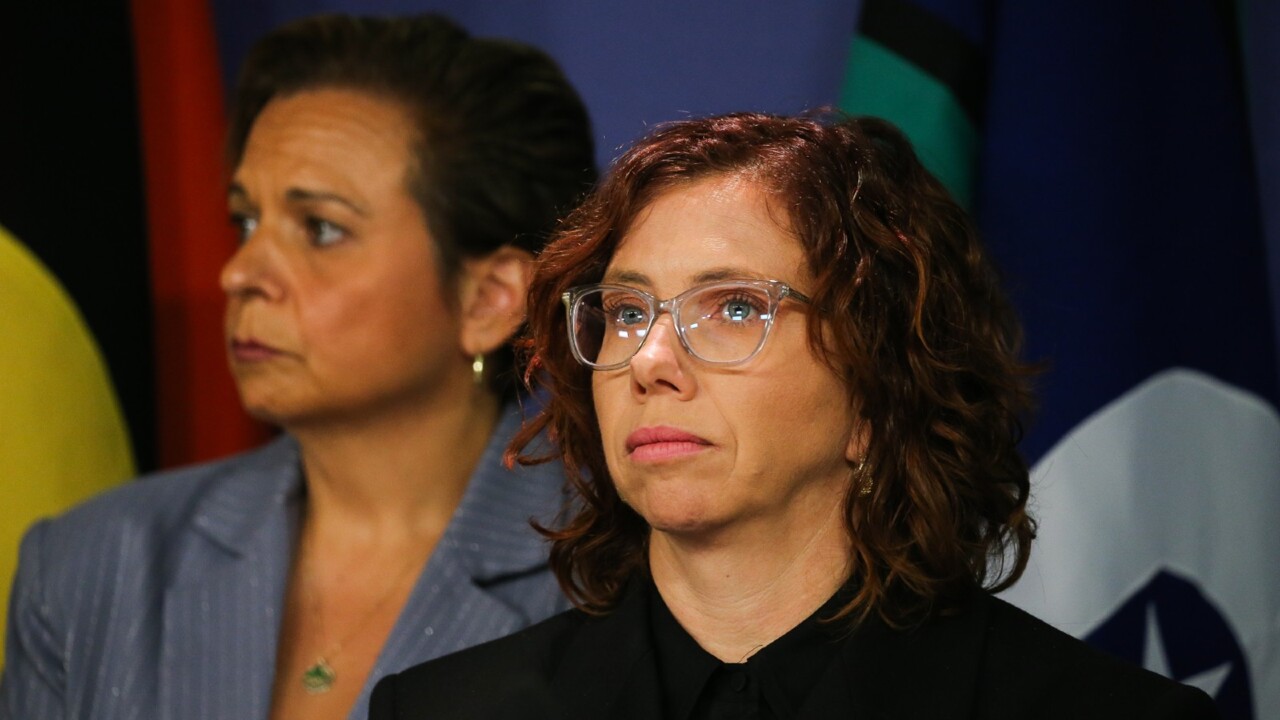Mortgaged Middle Australia bearing brunt of cost of living crunch
The huge rise in cost of living has been most intense among middle-income and middle-aged households, as wage earners paying mortgages are pummelled by interest rates and inflation.

The huge rise in cost of living over recent years has been most intense among middle-income and middle-aged households, as wage earners paying mortgages are pummelled by both soaring interest rates and runaway inflation.
While the steep rise in rents amid record low vacancy rates has captured widespread media and political attention, analysis from the ANU shows the burden has fallen most heavily on homeowners working to pay off debt.
Over the past four years, mortgaged households have suffered a 26 per cent surge in living costs, according to modelling by Ben Phillips, an associate professor at the ANU’s Centre for Social Research and Methods.
The picture for renters and those who own their own homes outright, while still grim, is markedly less so in terms of the change in living costs, with these households suffering an average increase of about 18 per cent since immediately before Covid struck in 2020.
Mr Phillips said his analysis showed the quite surprising result that renters have done the best over the past four years, at least in terms of the change in cost of living.

“Mortgages have gone up a lot more than rents. And while asking rents have jumped a lot in the past year, they also had 2½ years of being flat, or even going backwards,” he said.
“The people who are feeling the most pain because they are going backwards the fastest are Middle Australia.
“But this is what the Reserve Bank is trying to do: cause pain to people with mortgages. And by putting a lot of stimulus towards Middle Australia (via tax cuts and billions of dollars in extra energy rebates from July), that money is working against what the Reserve Bank is trying to do.”
By age, the ANU analysis shows it’s once again the middle that has been squeezed the hardest in recent years.
In homes where the head of the household is aged between 50 and 64 years, the total rise in costs over the four years is 23 per cent, and 22 per cent for 35 to 49-year-old household heads.
Cost of living in younger (under 35 years) households and older (65 years and above) has climbed by 20 per cent since early 2020, the analysis shows.
In similar fashion, Australians of middling financial wellbeing have also suffered the biggest hit in total cost of living: up 24 per cent, against 20 per cent for the poorest and most well-off.

Evidence of the intense squeeze on Middle Australia comes as a number of economists warned that the economy may have stagnated over the first three months of the year, even as inflation proves more stubborn than feared.
NAB senior economist Gareth Spence said next Wednesday’s national accounts would show growth ground to a halt in the March quarter, after barely climbing by 0.2 per cent at the end of 2023.
Forecasts from CBA and Citi predicted real GDP would grow by just 0.1 per cent over the three months, dragging annual growth down from 1.5 per cent to 1.1 per cent – the lowest level in three decades, outside the pandemic.
Mr Spence said the weakness in the economy would keep the Reserve Bank from pushing interest rates up, despite inflation’s downward trajectory stalling at about 3.5 per cent. “That said, with a high bar for further hikes, still high inflation points to the risk of a longer period of stability in rates,” he said.
The Fair Work Commission’s annual minimum wage decision is due on Monday morning, with unions pushing for an above-inflation increase of 5 per cent, against business groups’ demands for a lift of 2 to 2.5 per cent.
Westpac chief economist Luci Ellis said he expected a rate cut at the RBA board’s November meeting at the earliest.
That said, a “possible pathway” to rates staying higher for longer would be a surprisingly strong minimum wage increase of more than 4.5 per cent.






To join the conversation, please log in. Don't have an account? Register
Join the conversation, you are commenting as Logout